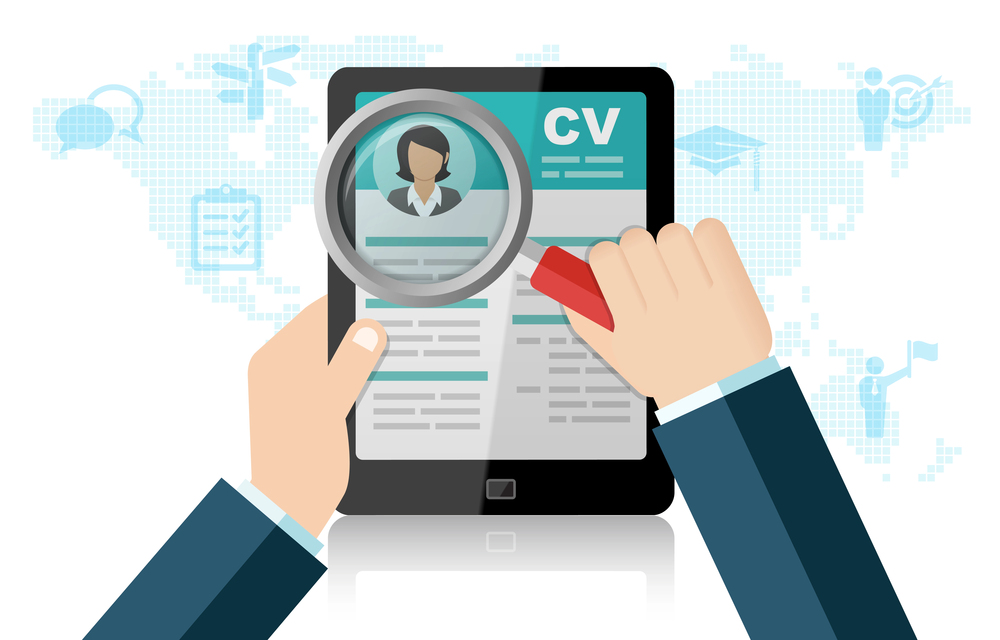It’s never too soon to start thinking about retirement, and if you’re running your own business, you may not have an employer-sponsored retirement plan to lean on. Instead, it will be on you to build and manage your own retirement fund, however you choose. And if you’re inexperienced or if you aren’t sure what “retirement” means for you, that can be awfully intimidating.
Fortunately, the basics of retirement fund management are simpler than most people realize.
Set Reasonable Goals
Your first job is to set reasonable goals for yourself. If you’re relying on a retirement fund to last you the rest of your life after retirement, you’ll need a substantial enough principal that you can continue withdrawing from it indefinitely, with no fear of exhausting that principal. Many investors follow the four percent rule—a rule of thumb that states you should withdraw no more than four percent of your principal per year.
You can use this to reverse engineer your goals. For example, if you want to withdraw $80,000 per year in retirement, you’ll need a principal of $2 million by the time you retire. You can walk that value back to set monetary milestones for yourself as you get closer to retirement age.
Choose a Type of Account
It’s also a good idea to choose one or more retirement accounts, which offer different tax advantages, that you can use to hold your funds. For example, one popular option is the Roth IRA—a retirement account that allows you to make tax-free withdrawals after you reach age 59.5. This is an incredible advantage, especially if you start growing your account while young, but is somewhat limited, since you can only contribute a fixed amount per year (currently $6,000 per year for most citizens).
Diversify Your Holdings
Once you open a retirement account and fund it, you’ll be able to diversify your holdings. It’s unwise to invest in a single asset; if that asset plummets in value, you could suffer substantial losses. Instead, it’s better to invest in a mix of assets like:
- Stocks. Stocks are high-yield investments, but they can be volatile as well. If you choose to invest in stocks, it’s best to invest in many different companies from many different industries. ETFs and mutual funds are available to make this easier for the average investor, since you can invest in many companies simultaneously.
- Real Estate. You can also use your retirement money to invest in real estate, such as properties with high potential for growth or rental properties, which can generate income for you every month. If you have a real estate license, you can find even better property deals.
- Bonds. Bonds are kind of like loans; when you invest in bonds, you’ll earn a fixed percentage on your investment. They tend to be lower-yield than other investments, but are also much lower risk.
Optimize for Risk
It’s important to balance your portfolio according to your current level of risk tolerance. In general, the younger you are, the higher your risk tolerance will be; you can invest freely in higher-risk assets like stocks, since you’ll have plenty of time to make up for any losses you sustain. If you’re nearing retirement, you’ll want to optimize your portfolio with more lower-risk choices.
Rebalance Over Time
It’s not enough to balance your portfolio once. Instead, you’ll need to rebalance your portfolio, many times, as you gradually approach retirement. Depending on your goals, your assets, and your level of experience, you may choose to rebalance once per year, or even once per quarter. When you rebalance, take a look at your current holdings, consider your risks, and reallocate your money as you deem appropriate.
Prepare for Income
Once your retirement begins to draw near, you’ll need to start optimizing for income. There are several assets that can produce passive income on your behalf; for example, many stocks pay dividends, or fractional shares of profit to investors. And many rental properties have the potential to return income to you on a monthly basis. You could also consider purchasing an annuity, which will practically guarantee a fixed income to you, sometimes for the rest of your life, based on how much you initially pay for it. You may be able to adjust your holdings over time to optimize for new risk tolerances, or a new desired rate of income.
Planning for retirement can be both confusing and stressful, but the sooner you start the process, the better you’ll be able to manage it. It’s going to take time before you fully understand how specific assets like stocks, bonds, and real estate investments work, so take things one step at a time and commit to ongoing learning so you can keep getting better.
Find a Home-Based Business to Start-Up >>> Hundreds of Business Listings.

















































